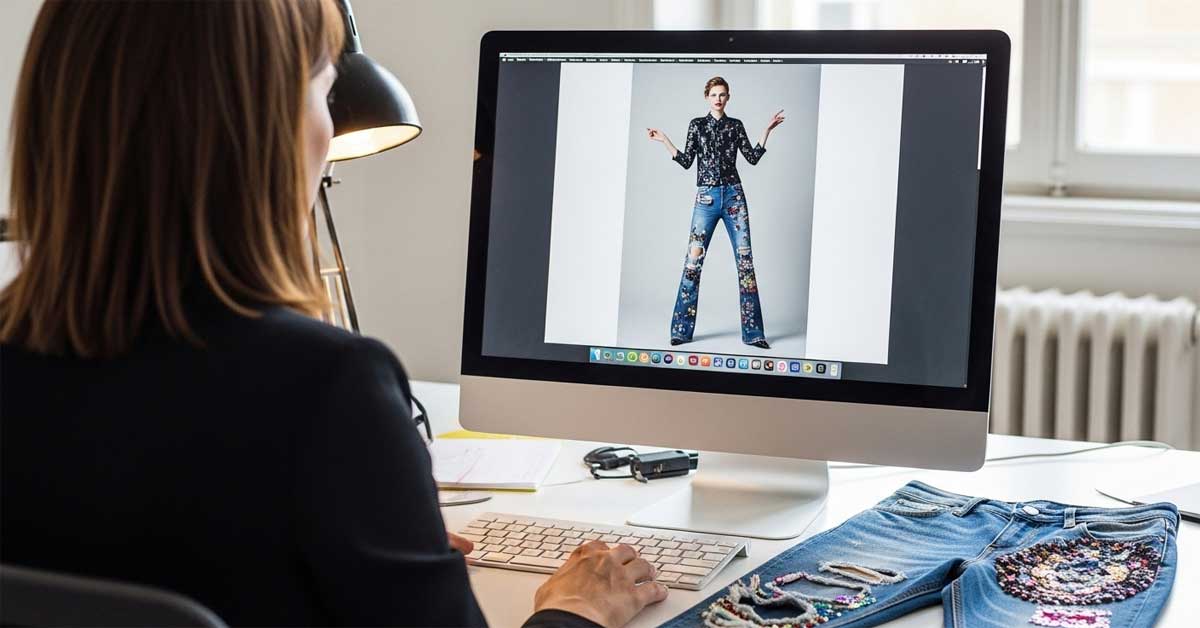

25 June 2025  As the temperature rises and fashion cycles spin ever faster, two Vienna exhibitions opening on June 26, 2025 invite the public to pause and consider the wider implications of clothing and creativity. Separated by just two hours and a short tram ride, "Confessions of a T-Shirt" and "AND, OR or NOT" take visitors on vastly different journeys—from the tangled aftermath of global garment waste to the speculative frontiers of AI-powered design. Both exhibitions, though stylistically distinct, share a common goal: to educate and provoke dialogue about fashion's present and future. A T-Shirt's Tale: From Glam to GarbageOpening at 17:30 at Garage Grande, "Confessions of a T-Shirt" presents the unusual narrator of a global story: a single cotton T-shirt. Created by cultural producer Tina Zickler, the exhibition has already traveled to several venues across Vienna—including 48er-Tandler and SOHO Studios—gaining recognition for its emotionally engaging and educational storytelling. The T-shirt's fictional biography mirrors real-world fast fashion cycles: born in a factory in China, catapulted to social media stardom on SHEIN, momentarily embraced by an influencer, and eventually abandoned to a donation bin. Its final resting place? Tangled in the fishing nets on the shores of Ghana—a symbol of fashion's long afterlife and ecological cost. For teenagers and young adults, the exhibition offers not only insight but a compelling call to reflect on their role as fashion consumers.Zickler is best known for her work as the founder and curator of the re:pair Festival, which returns this October (Oct 13–31, 2025) to the Atelier Augarten. The annual program is already published on repair-festival.wien and features highlights like "Visible Mending"—a craft-meets-activism approach that repairs garments in visibly decorative ways to honor their wear and extend their life. Machines as Muses: AI Enters the Fashion ChatTwo hours later and a few districts over, the Designforum Wien at MuseumsQuartier unveils "AND, OR or NOT", curated by Ulrike Tschabitzer-Handler of Brand Unit. This exhibition opens at 19:30 and brings a glossy, avant-garde aesthetic to the question of what fashion might become when artificial intelligence enters the creative studio. Featuring prominent names like The Fabricant and Showstudio, the exhibition positions AI not as a cold tool, but as a collaborative force in the hands of designers, visual artists, and technologists. With contributions from various artists, it spans digital fashion, speculative photography, and interactive media. The boundary between human and machine creativity blurs into a visual panopticon, as the exhibition is described.The program of talks and presentations begins the next morning (June 27) with the "Morning Conversation" at 12:30. First up: Asya Sumik from SYKY, a platform for digital fashion communities, followed by Adriana Pereira, Creative Director at The Fabricant, who will explore how digital garments can foster identity beyond physical constraints. Final Threads: Between Possibility and PracticeWhile exhibitions like these open imaginative and intellectual doors, the bigger question remains: Can fashion really change? And how can technology help? In theory, AI has the potential to reduce waste by forecasting trends, optimizing production, and enabling virtual prototyping—saving both materials and emissions. Designers can simulate garments without cutting a single piece of fabric, brands can tailor production runs more accurately, and consumers can try on digital outfits before ordering physical versions. But as both exhibitions indirectly suggest, theory is not always practice. Implementation requires access, infrastructure, and a willingness to overhaul entrenched systems. Many small or independent designers are still locked out of such technologies, and large-scale change remains slow.Nonetheless, whether through the haunting narrative of a discarded T-shirt or the speculative allure of AI couture, these two exhibitions remind us: the future of fashion is not only about what we wear, but how—and why—we make it. Image (AI-generated visualizer for the article): A fashion professional at her desk works on a large computer screen, where she has generated an image of a model using AI. The AI-generated model is wearing embellished jeans, and a physical pair of the same decorated jeans lies on the desk, linking the digital creation to the physical garment. Photo: © Fashion.at, generated with Imagen, Google AI Studio. |